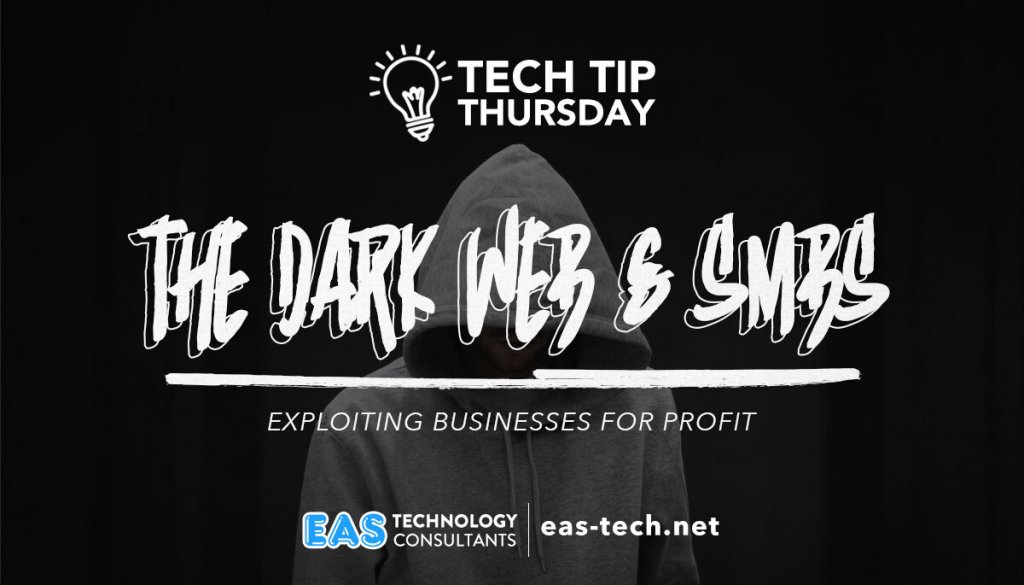
Business owners should be concerned about the activity that occurs in the “dark alley” of the internet. This is a place where illegal activity thrives, and business data is often stolen or exploited. Transactions that occur in this dark alley include the sale of customer data, bank accounts, health records, RDP / network credentials, and intellectual property.
First, let’s define the dark web.
The dark web is a part of the internet that is not indexed by search engines and cannot be reached through a standard web browser. It requires special software, such as Tor, to access. The dark web is often used for illegal activities.
Some of the things you can do on the dark web are buy stolen credit card numbers, drugs, guns, counterfeit money, credentials for all kinds of services, and more.
Now, perhaps you’ve heard of the deep web. The deep web and the dark web are not the same things.
The deep web is a part of the internet that is not indexed by search engines but can be reached through a standard web browser. The deep web contains a lot of information, such as academic journals and research papers.
How does a businesses’ data end up on the dark web?
There are a few different ways. One way is through hacking. Hackers can break into a business’s computer systems and steal data, such as customer information or bank account numbers.
Another way is by buying stolen data. Criminals can buy data that has been stolen from businesses online. This data might include customer information, credit card numbers, or bank account numbers.
Another way that businesses’ data can end up on the dark web is through ransomware attacks. Ransomware is a type of malware that locks a computer or its files until a ransom is paid. The ransomware can encrypt all of the data on the computer, including business data.
So, what can be done to prevent businesses’ data from being stolen or ending up on the dark web?
There are a few things businesses can do to protect their data. One is to have strong security measures in place, such as firewalls and endpoint protection software.
Another is to train employees on how to spot phishing emails, which are emails that look like they’re from a legitimate company but are actually from criminals.
Businesses should also have a plan in place for what to do if their data is stolen or ransomware encrypted. This plan should include who to contact and, as a last resort, how to proceed with payment, if necessary.
By taking these steps, businesses can help protect their data and be better prepared if a breach happens.
Is your business doing everything it can (and should) to harden its security and keep its data safe? Not sure? We can help. Simply enter your name and email address in the form below and we’ll be in touch to help you assess where you are and how to improve your organization’s security posture.
